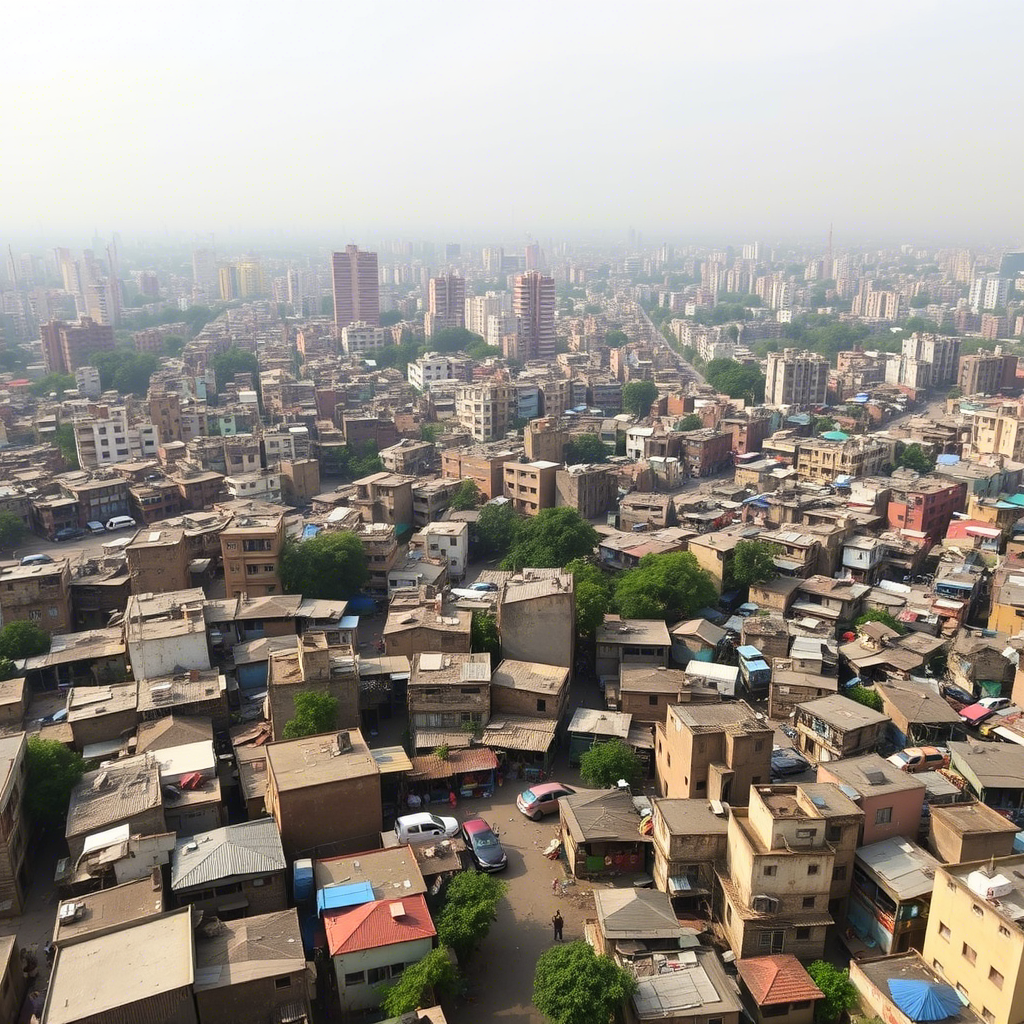 Dharavi, Asia’s largest slum nestled in the heart of Mumbai, has long been a symbol of urban resilience and complexity. Now, the Dharavi Redevelopment Project (DRP), spearheaded by the Adani Group, aims to transform this 2.69-square-kilometer area into a modern urban hub featuring luxury flats, 1BHK, 2BHK, and 3 BHK flats, and even sea-facing apartments. While the project promises to uplift living standards and redefine Mumbai’s realty market, it faces fierce opposition over environmental and social concerns. This 1500-word SEO-optimized blog post delves into the DRP’s vision, the ecological risks, and its implications for real estate investments, with insights from AS Realty, a leading platform for property listings and market trends.
Dharavi, Asia’s largest slum nestled in the heart of Mumbai, has long been a symbol of urban resilience and complexity. Now, the Dharavi Redevelopment Project (DRP), spearheaded by the Adani Group, aims to transform this 2.69-square-kilometer area into a modern urban hub featuring luxury flats, 1BHK, 2BHK, and 3 BHK flats, and even sea-facing apartments. While the project promises to uplift living standards and redefine Mumbai’s realty market, it faces fierce opposition over environmental and social concerns. This 1500-word SEO-optimized blog post delves into the DRP’s vision, the ecological risks, and its implications for real estate investments, with insights from AS Realty, a leading platform for property listings and market trends.
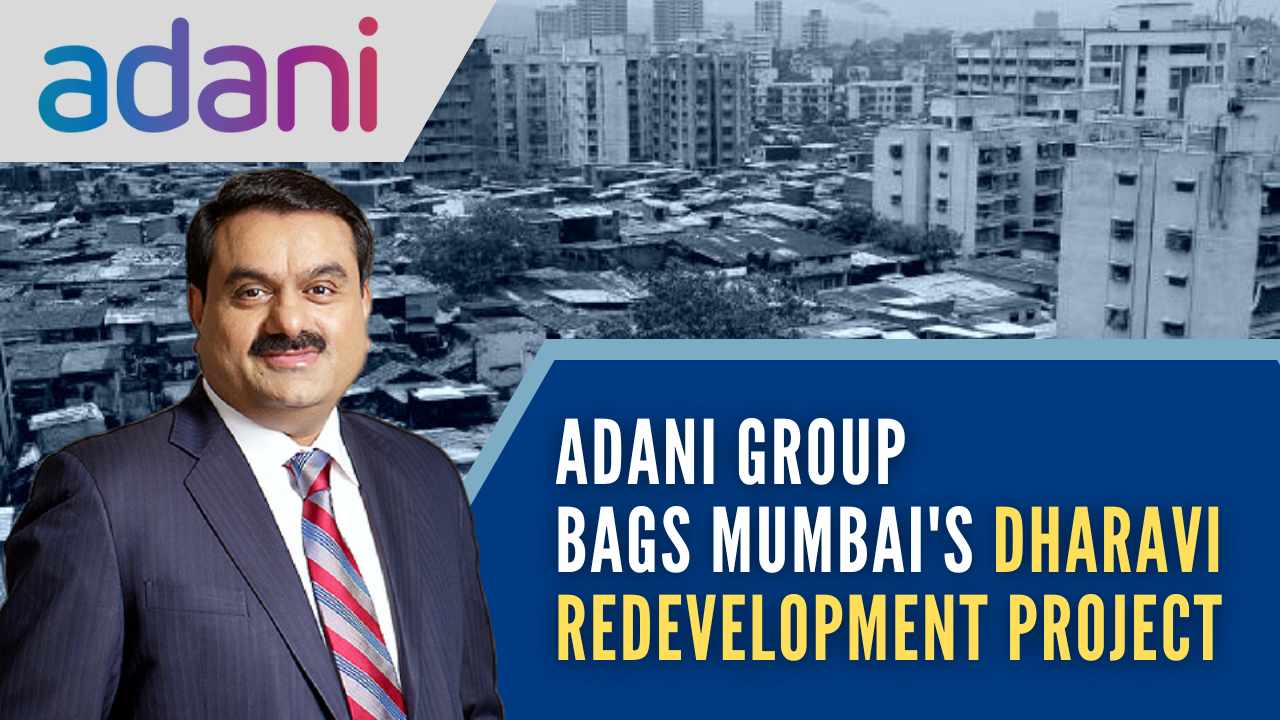
xr:d:DAFTVeH-_rg:8,j:42537821822,t:22112917
Section 1: The Dharavi Redevelopment Project – Adani’s Vision for Mumbai
The Dharavi Redevelopment Project, first proposed in 2004 and now revived under the Adani Group, seeks to replace Dharavi’s informal settlements with structured housing, commercial spaces, and infrastructure. Key features of the project include:
– Housing Diversity: A mix of 1BHK, 2BHK, and 3BHK flats to cater to middle-income families, alongside luxury apartments for affluent buyers.
– Sea-Facing Flats: Premium properties designed to capitalize on Mumbai’s coastal geography, appealing to high-net-worth investors.
– Infrastructure Upgrades: Improved sanitation, healthcare, education, and green spaces.
– Economic Boost: Job creation through construction and commercial ventures.
For Mumbai’s realty sector, the DRP represents a seismic shift. Platforms like AS Realty highlight the growing demand for luxury flats and sea-facing apartments in South Mumbai, where land scarcity drives premium pricing. Adani’s project could further catalyze this trend, positioning Dharavi as a prime real estate destination.
Section 2: Environmental Concerns – A Looming Ecological Crisis?
Despite its ambitious goals, the DRP faces backlash from environmentalists and local communities. Key concerns include:
1. Destruction of Mangroves and Wetlands
Dharavi’s wetlands and mangroves act as natural flood barriers and biodiversity hotspots. However, large-scale construction for luxury apartments and sea-facing flats threatens these ecosystems. Mangroves, which absorb carbon dioxide and protect against storm surges, are at risk of irreversible damage. Studies show that Mumbai has already lost 40% of its mangroves since 1995, raising fears that the DRP could accelerate this decline.
2. Pollution and Resource Strain
The influx of high-density housing and commercial activity may exacerbate pollution in an already stressed city. Increased vehicular traffic, construction dust, and waste management challenges could degrade air and water quality. Additionally, the project’s reliance on non-renewable resources for building 1BHK to 3BHK flats conflicts with global sustainability goals.
3. Displacement of Local Communities
Over 1 lakh families reside in Dharavi, many of whom rely on informal industries like recycling, textiles, and pottery. Critics argue that the DRP prioritizes developers over residents, displacing vulnerable populations to make way for luxury realty. Even with promises of “rehabilitation housing,” concerns linger about whether affordable 2BHK/3BHK flats will truly benefit existing inhabitants.
4. Climate Change Vulnerability
Mumbai’s low-lying areas are prone to flooding, a risk amplified by rising sea levels. Building sea-facing luxury flats in ecologically sensitive zones could expose residents to climate-related disasters. Experts warn that the DRP’s current plans lack robust climate resilience measures, risking long-term safety.
Section 3: Social Equity vs. Urban Gentrification
The DRP has sparked debates about gentrification and social inclusion. While Adani pledges to rehouse slum dwellers in 1BHK/2BHK flats, skeptics question the feasibility of equitable relocation. Key issues include:
– Affordability: Will the proposed affordable housing align with residents’ income levels, or will rising property prices push them to peripheral areas?
– Loss of Livelihood: Dharavi’s informal economy employs thousands. Redevelopment may disrupt these networks, leaving residents without jobs.
– Cultural Erosion: The community’s unique identity and social fabric risk dilution in a sanitized, high-rise environment.
Activists demand participatory planning, ensuring residents have a voice in shaping their future.
Section 4: Implications for Mumbai’s Realty Market
Despite controversies, the DRP presents opportunities for real estate investors. Here’s how the project could reshape Mumbai’s property landscape:
1. Surge in Luxury Property Demand
Adani’s focus on luxury flats and sea-facing apartments aligns with Mumbai’s premium realty trends. According to AS Realty, sea-facing properties in prime locations like Colaba and Worli command prices up to ₹ 1.5 Lakhs. The DRP could create a new corridor for such investments in eastern Mumbai.
2. Infrastructure-Driven Growth
Improved connectivity, including metro expansions and road upgrades, may boost property values in surrounding areas like Sion, Mahim, and Bandra. Investors eyeing 2BHK/3BHK flats in mid-tier neighborhoods could see returns as infrastructure develops.
3. Affordable Housing Incentives
The project’s mixed-income model could stimulate demand for 1BHK/2BHK flats priced between ₹50–80 lakhs, catering to young professionals and small families.
4. Risks and Delays
Legal battles over environmental clearances and community protests may stall progress, impacting investor confidence. Buyers should monitor updates via platforms like AS Realty to navigate uncertainties.
Section 5: Sustainable Development – Can Progress and Ecology Coexist?
To address criticisms, stakeholders must adopt a balanced approach:
1. Eco-Friendly Design
– Green Certifications: Mandate LEED or IGBC ratings for luxury flats, ensuring energy efficiency and water conservation.
– Mangrove Restoration: Integrate replanting initiatives to offset ecological losses.
2. Community-Centric Planning
– Inclusive Zoning: Reserve a percentage of 1BHK/2BHK flats for existing residents at subsidized rates.
– Skill Development: Train locals for jobs in construction, hospitality, and retail linked to the project.
3. Climate Resilience Measures
– Elevate buildings to mitigate flood risks.
– Construct artificial wetlands to manage stormwater runoff.
4. Transparent Governance
– Independent audits of the DRP’s environmental impact.
– Public consultations involving residents, experts, and policymakers.
Section 6: The Road Ahead – What Should Buyers and Investors Do?
For realty stakeholders, the DRP represents both opportunity and risk. Here’s how to navigate the landscape:
1. Monitor Regulatory Updates
Track approvals from the Maharashtra government and environmental bodies to gauge project timelines.
2. Explore Adjacent Markets
If Dharavi’s redevelopment faces delays, consider investing in nearby areas like Dadar or Matunga, where 2BHK/3BHK flats offer strong rental yields.
3. Prioritize Sustainable Projects
Opt for developers committed to eco-friendly practices, such as solar energy integration and waste recycling.
4. Leverage Expert Insights
Platforms like AS Realty provide data-driven analysis on Mumbai’s realty trends, helping buyers make informed decisions.
Conclusion: Balancing Ambition with Responsibility
The Dharavi Redevelopment Dilemma encapsulates the tension between urbanization and sustainability. While Adani’s vision of luxury flats, sea-facing apartments, and modern infrastructure could redefine Mumbai’s skyline, it must not come at the cost of ecology or social equity. Stakeholders must collaborate to ensure the project uplifts communities without eroding natural resources.
For those eyeing Mumbai’s realty market, the DRP underscores the importance of adaptive strategies. Whether you’re seeking a 1BHK flat for personal use or a sea-facing luxury apartment as an investment, platforms like AS Realty offer the tools and expertise to navigate this dynamic sector.
As the debate unfolds, one truth remains clear: the future of urban development hinges on harmonizing progress with planetary and social well-being.



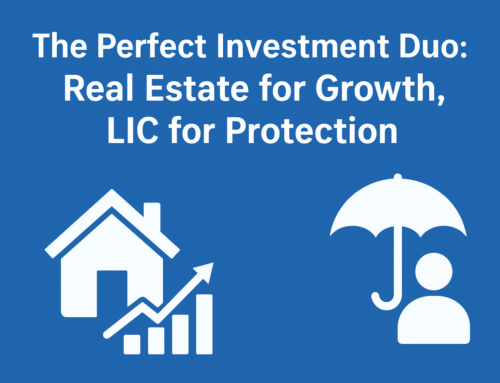
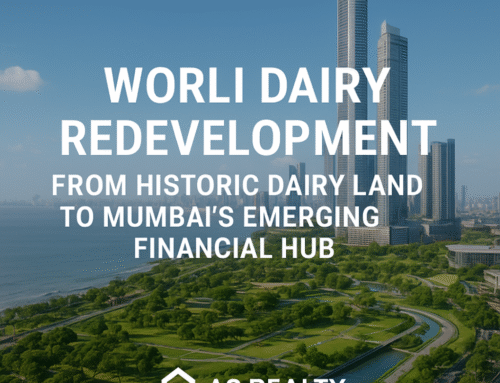
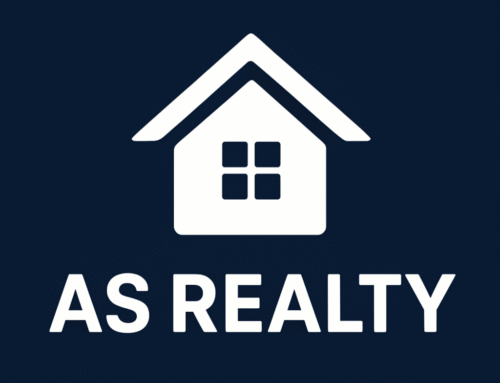

Leave A Comment